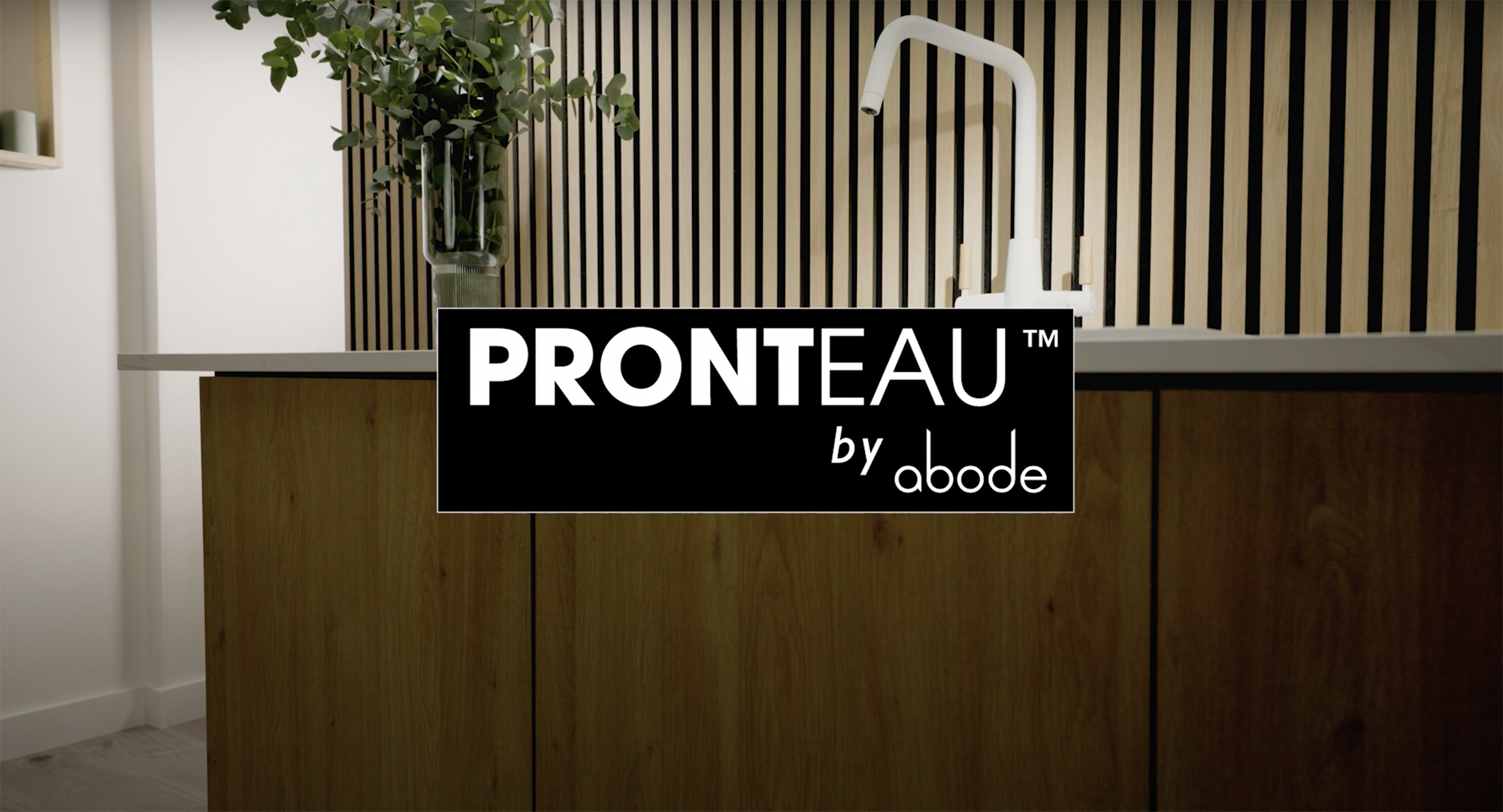Owner of MBK Design Studio Stewart Woodruff looks at how retailing has changed over three decades of him being in business, but says design and services always wins through.

Looking back over the 30 years I have been in business, there have been fundamental changes.
Consider the late 80s when the world was awash with cheap credit and pressure selling was at its peak; direct selling owned the majority of the market.
Sponsored Video
Customers’ considerations were mostly ignored and the completed sale was the only thing on the salesperson’s mind.
There was no need for any design thought, it was all about increasing the sale value and selling finance.
Now, although direct sales still exist, the salesperson has disappeared and price can be a consideration, with some customers buying online with no design input or help.
Old-fashioned sales
As brick and mortar business, we can never compete on price. And why would we want to?
We can provide a better service and, more often than not, a better outcome.
Selling is an outdated way of obtaining new business. Instead, it is a more consultative process.
The customer makes the decisions with your help, having been prequalified by the information you have provided on your website and associated advertising funnels.
Your positioning in the marketplace is based on how you help to encourage prospective clients to choose you as the company they want to entrust with their project.
Design beats price
Consumers are now more design savvy.
When CAD systems started to appear, they were great big A3 plotters drawing out projects that took hours to create but provided customers a view of what their project would look like.
Now, we have photo-realistic images and walk-around drawings, enabling the clients to visualise the space with a better understanding of the functionality of their area.
They have the ability to view these images in the convenience of their own home with no sales pressure, and alterations can be made rapidly.
The emphasis is placed on the customer’s wishes for the design and functionality.
A changing market
Kitchen and bathroom design has changed beyond all expectations.
30 years ago, kitchens were flat pack or rigid and that distinction was determined by budget.
Today, that has changed; it now has more to do with delivery times and customers’ requirements.
The arguments about European kitchens versus British kitchens are no longer relevant; there are many British manufacturers selling kitchens which rival European design and reduce the long delivery times.
The kitchen market is global. Components come from all over the world and where they are assembled is not relevant to the consumer.
During the same period, bathroom brands have mushroomed.
Where we were once fed a collection of British sanitaryware – Twyfords, Ideal Standard and Trent – now everyone has the same opportunity to sell sanitaryware from all over the world.
It has resulted in some brands disappearing from showrooms or being reinvented to compete in the global market.
Global technology
The internet has affected sales and the profit margins on some bathroom products.
And if we choose to compete on price, it will sometimes make the sale unattractive.
But never underestimate the benefit you can get for providing a service to any customer.
In a year’s time, that customer may decide they want you to design their next project, since you were so helpful.
So what can we learn from the developments in our industry?
As a business, there is nothing we can do about impending changes, whether we like it or not.
And there will be more to come in the future, as technology never stands still.
So, we must keep pace and learn from as many sources as we can so we are not left behind – but design and service remain a constant.
Stewart Woodruff is a regular contributor to Kitchens & Bathrooms News, have a look at some of his previous articles:
- Why honesty is the best policy
- How to spot and stop saboteurs in your business
- I wish it could be Christmas everyday
- Don’t create a blame culture



